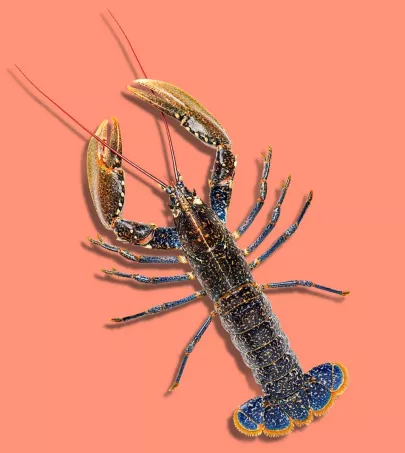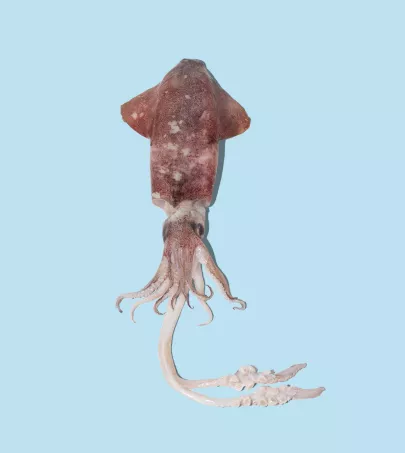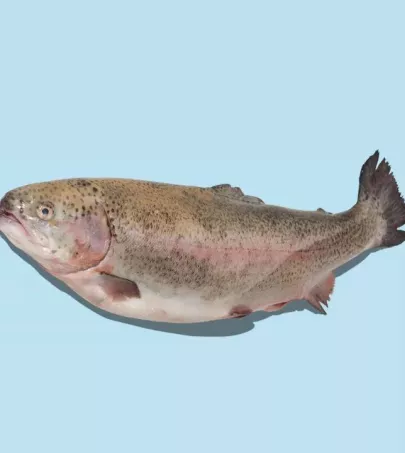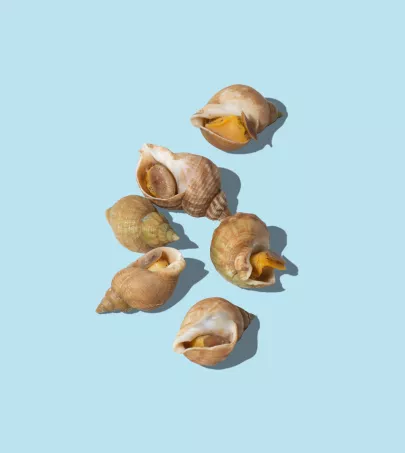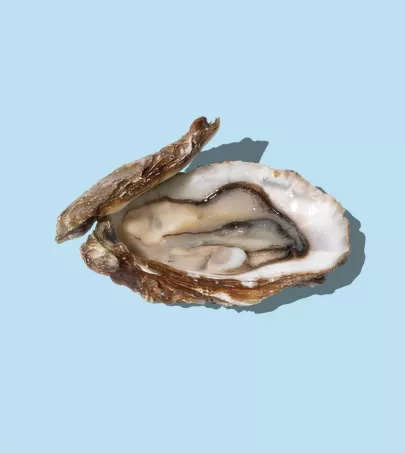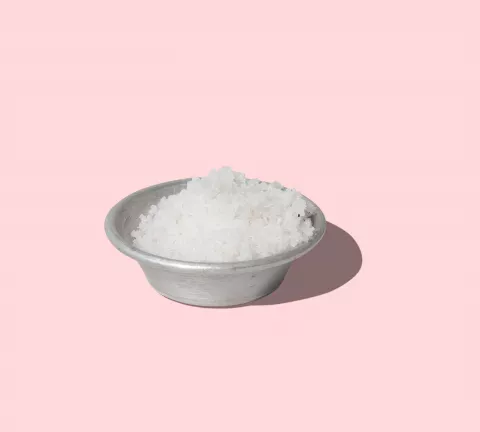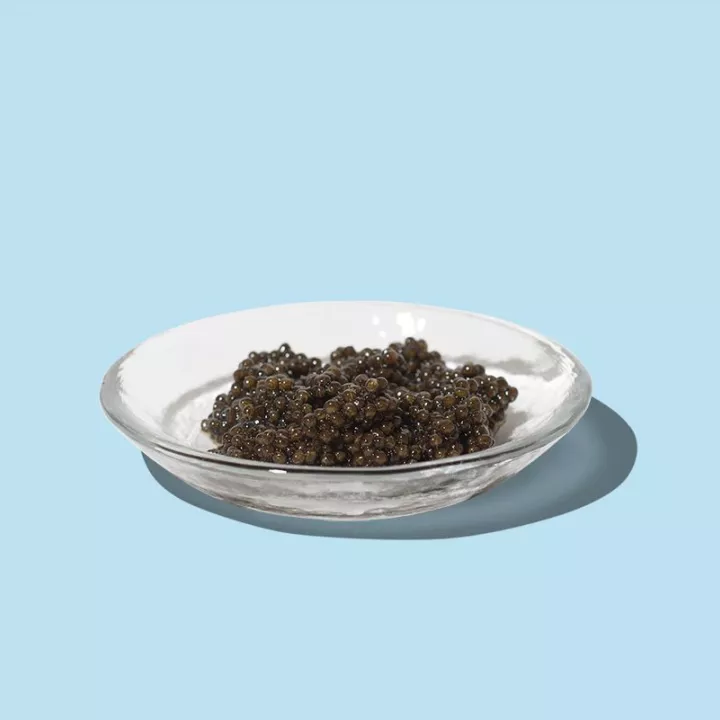
France is now the world's third largest producer of caviar, after China and Italy. High quality caviar is produced in fish farms, with great attention being paid to this extravagant, fragile and demanding fish.
What you need to know
Caviar has been eaten in Italy since the 14th century but only caught on in France between the two World Wars, with the arrival of the White Russians. It became fashionable in Paris in the 1920s. But in 1982, fishing wild sturgeon was banned in France after it almost disappeared from the Gironde estuary. This led to the development of aquaculture. In 2008, there followed an international ban on all exploitation of wild sturgeon, after they disappeared from their traditional waters in the Caspian Sea and Lake Baïkal. Fish farms sprung up worldwide as a result, and farmed caviar subsequently overtook wild caviar.
Sturgeon is a fragile fish which takes real know-how to farm. Water quality and feed make a critical difference to the quality of the finished product, so the meticulous approach taken by French producers explains the popularity of French caviar. An application has been made for a Protected Geographical Indication (PGI) for Aquitaine caviar, based on its very strict set of standards, in particular related to animal welfare.
Once the sturgeon is 3 years old, it is scanned to determine the sex. The females are looked after carefully until they reach maturity, which is between the ages of 7 and 14 years, depending on the species. When the eggs are mature (monitored by biopsy), they are extracted from the female's belly and sieved to separate them from their envelopes. They are then washed, rinsed and strained, before being sorted according to firmness, size and color. Lastly, they are salted by hand and gently stirred. The caviar is then packed in metal cans and refrigerated. It continues to mature in the can.
Characteristics
Smell
Look
Taste
Nutritional benefits
Caviar is rich in omega 3 and healthy polyunsaturated fats.
Editor's note
How to use
Storing French Caviar
In the refrigerator. Do not store caviar once it has been opened.
Preparing and serving
Caviar is served with a gold, pearl, horn or wooden spoon, rather than one made of silver or stainless steel, which gives it a metallic taste.
Tasting tips
With bread or a blini. Better still, with a firm steamed potato, served warm rather than hot, so as not to spoil the eggs.
Pair with
Savory: on potato, boiled egg.
To drink: a dry Champagne or a dry sparkling wine.


